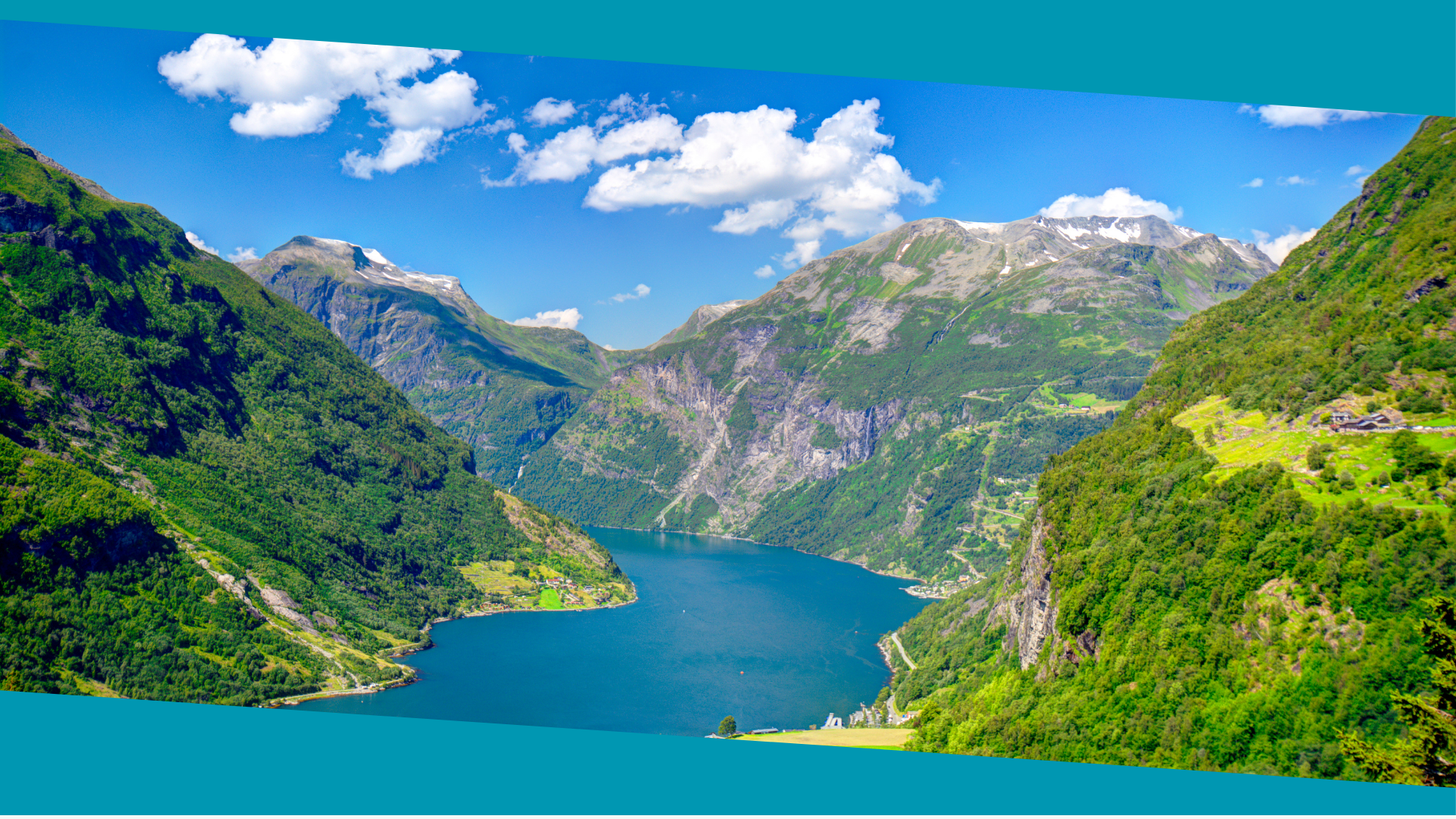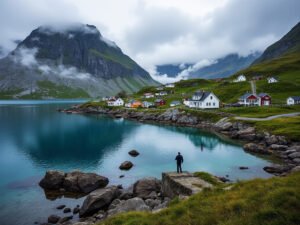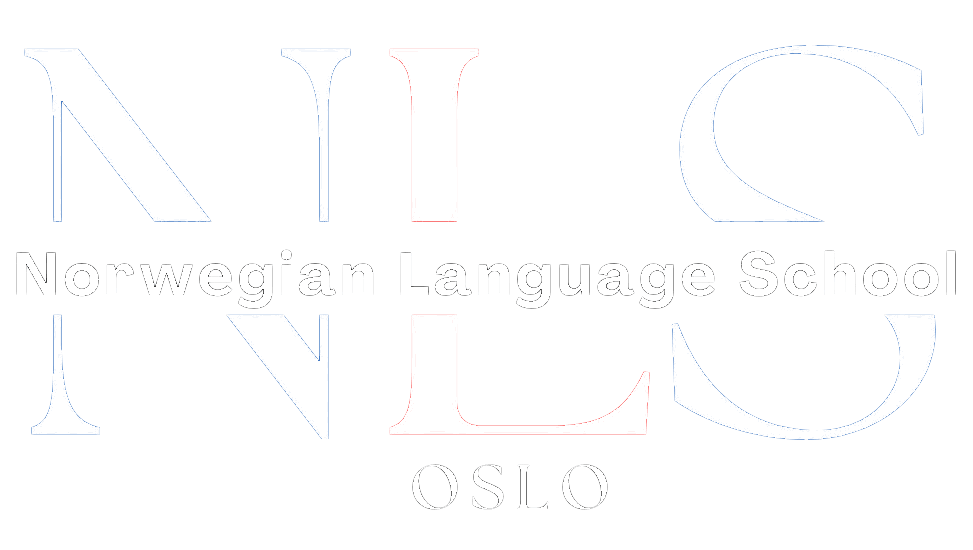Table of Contents
ToggleIntroduction to Norwegian History
Norway, located in Northern Europe, is known for its stunning fjords, picturesque landscapes, and rich history. The country’s history dates back thousands of years, with evidence of human habitation as early as 10,000 BC. Throughout its history, Norway has experienced significant events and developments that have shaped its culture, society, and identity. From the Viking Age to the unification of the country, from World War II to the discovery of oil, Norway’s history is a fascinating tale of resilience, exploration, and progress.
The Viking Age: A Significant Era in Norwegian History
One of the most well-known periods in Norwegian history is the Viking Age, which lasted from the late 8th century to the early 11th century. The Vikings were seafaring warriors and traders who originated from the Scandinavian region, including Norway. They were known for their skilled shipbuilding, navigation abilities, and fierce raids on other lands.
The origins of the Vikings can be traced back to the Germanic tribes that inhabited Scandinavia during the early Middle Ages. These tribes were skilled seafarers and traders who gradually developed a distinct culture and society. The Vikings were known for their strong warrior ethos and their belief in Norse mythology.
Viking society was organized into a hierarchical structure, with kings or chieftains at the top and farmers and craftsmen at the bottom. They had a complex system of laws and justice, with disputes often settled through a process called “Thing,” where local assemblies would gather to make decisions.
The Vikings were not only warriors but also skilled traders and explorers. They established trade routes throughout Europe and beyond, reaching as far as North America. Their ships allowed them to navigate rivers and oceans with ease, enabling them to establish trade networks and expand their influence.
The impact of the Vikings on Norway and the world was significant. They played a crucial role in shaping the political and cultural landscape of Europe. Their raids and conquests led to the establishment of Viking settlements in various parts of Europe, including Ireland, Scotland, England, and France. They also played a crucial role in the spread of Christianity, as many Vikings converted to the new religion during their travels.
The Unification of Norway: From Independent Kingdoms to One Nation
Prior to the unification of Norway, the country was divided into several independent kingdoms ruled by local chieftains. However, in the 9th century, a process of consolidation began under the rule of King Harald Fairhair.
King Harald Fairhair is often credited with unifying Norway into a single kingdom. He was a powerful ruler who sought to centralize power and establish a strong monarchy. His reign marked the beginning of a new era in Norwegian history.
Christianity played a crucial role in the unification process. King Harald Fairhair embraced Christianity and made it the official religion of Norway. This move helped to legitimize his rule and gain support from the Church. It also brought Norway closer to other Christian nations in Europe.
Under King Harald Fairhair’s rule, Norway experienced significant political and social changes. The consolidation of power led to the establishment of a more centralized government and a system of laws that applied to all Norwegians. The king’s authority was strengthened, and he became the ultimate ruler of Norway.
Norway’s Role in World War II: Resistance and Occupation
During World War II, Norway found itself caught in the crossfire between Nazi Germany and the Allied forces. In April 1940, Germany invaded Norway, seeking to secure strategic positions and resources for its war effort.
The Norwegian resistance movement played a crucial role in opposing the German occupation. The resistance fighters engaged in acts of sabotage, espionage, and guerrilla warfare against the German forces. They also provided intelligence to the Allies and helped smuggle Norwegian citizens to neutral Sweden.
The impact of the war on Norway’s society and economy was significant. The German occupation brought about widespread hardship and suffering for the Norwegian people. Many Norwegians were forced to collaborate with the Germans, while others joined the resistance movement or went into hiding.
The Sami People: Indigenous Culture and History
The Sami people are the indigenous inhabitants of Northern Europe, including parts of Norway, Sweden, Finland, and Russia. They have a distinct culture and language and have lived in the region for thousands of years.
The history and culture of the Sami people are closely tied to the land and nature. Traditionally, they were nomadic reindeer herders, moving with their herds across vast areas of land. They had a deep spiritual connection to nature and believed in the importance of maintaining a harmonious relationship with the environment.
The colonization of the Sami lands by the Scandinavian countries had a profound impact on their culture and way of life. The Sami people faced discrimination and marginalization, as their lands were taken over by settlers and their traditional way of life was disrupted.
Contemporary issues facing the Sami include land rights, cultural preservation, and political representation. The Sami people have been fighting for recognition of their rights and for greater autonomy in decision-making processes that affect their lands and communities.
The Hanseatic League: A Powerful Trading Network in Medieval Norway
During the Middle Ages, the Hanseatic League was a powerful trading network that dominated trade in Northern Europe. The League was formed in the 13th century and consisted of merchant guilds from various cities in Germany and other parts of Europe.
The Hanseatic League played a crucial role in Norway’s economy and society during this period. Its members established trading posts along the coast of Norway, including Bergen, which became one of the League’s most important trading centers.
The League’s influence extended beyond trade. It also had a significant impact on Norway’s political and legal systems. The League had its own legal code, known as the “Lübeck Law,” which governed trade and commerce in the cities where it had a presence.
The decline of the Hanseatic League began in the 16th century, as other European powers, such as England and the Netherlands, began to challenge its dominance. The League’s trading monopoly was gradually eroded, and its influence waned.
The Black Death: Its Impact on Norwegian Society
In the mid-14th century, Norway, like the rest of Europe, was struck by the Black Death, a devastating pandemic that killed millions of people. The disease arrived in Norway in 1349 and spread rapidly throughout the country.
The impact of the Black Death on Norway’s population and economy was catastrophic. It is estimated that between one-third and one-half of the population died as a result of the disease. Entire communities were wiped out, and the social fabric of Norwegian society was torn apart.
The Black Death also brought about significant cultural and social changes. The high mortality rate led to a shortage of labor, which resulted in higher wages for workers. This shift in the balance of power between labor and capital had long-lasting effects on Norwegian society.
The Norwegian Constitution: A Milestone in Democratic History
In 1814, Norway adopted its first constitution, making it one of the earliest democracies in Europe. The constitution was a milestone in Norwegian history and marked a significant step towards greater political freedom and equality.
The Norwegian Constitution established a constitutional monarchy with a parliamentary system of government. It guaranteed basic rights and freedoms for all citizens and provided for a separation of powers between the executive, legislative, and judicial branches.
The impact of the Constitution on Norwegian society was profound. It laid the foundation for a more inclusive and democratic society, where power was shared among different branches of government. It also paved the way for further political reforms and the expansion of civil liberties.
The Oil Boom: How Norway Became One of the Richest Nations in the World
In the late 1960s, Norway discovered vast oil reserves in the North Sea, which transformed the country’s economy and society. The discovery of oil brought about an economic boom and made Norway one of the richest nations in the world.
The oil industry had a significant impact on Norway’s economy. It created thousands of jobs, generated substantial tax revenues, and fueled economic growth. The government used the oil wealth to invest in infrastructure, education, and social welfare programs.
However, the oil boom also presented challenges for Norway. It led to a rapid increase in living costs and inflation, which put pressure on the country’s social welfare system. It also raised concerns about environmental sustainability and the long-term impact of oil extraction on the environment.
Contemporary Issues in Norwegian History: Immigration, Climate Change, and Social Welfare
In recent years, Norway has faced several contemporary issues that have shaped its society and politics. One of these issues is immigration. Like many other European countries, Norway has experienced an influx of immigrants from various parts of the world. This has led to debates about multiculturalism, integration, and national identity.
Another major issue facing Norway is climate change. As a country heavily dependent on oil and gas, Norway has faced criticism for its contribution to greenhouse gas emissions. However, the government has also taken steps to address climate change by investing in renewable energy sources and promoting sustainable practices.
Lastly, Norway’s social welfare system has been a topic of discussion and debate. While the country has one of the most comprehensive welfare systems in the world, there are concerns about its sustainability in the face of an aging population and changing economic conditions.
Norway’s history is a tapestry of events and developments that have shaped its culture, society, and identity. From the Viking Age to the unification of the country, from World War II to the discovery of oil, Norway has experienced significant milestones and challenges. The country’s history is a testament to its resilience, adaptability, and commitment to democracy and social welfare. As Norway continues to navigate the complexities of the modern world, its history serves as a guide for its present and future.
If you’re interested in learning more about Norwegian language and culture, you might also enjoy the article “Norske ordspill og gater: Lek med språket!” (Norwegian Puns and Riddles: Playing with Language!). This article explores the fun and playful side of the Norwegian language, with puns, riddles, and wordplay that will entertain and challenge language enthusiasts. Whether you’re a beginner or advanced learner, this article is a great way to expand your vocabulary and have some linguistic fun. Check it out here!









